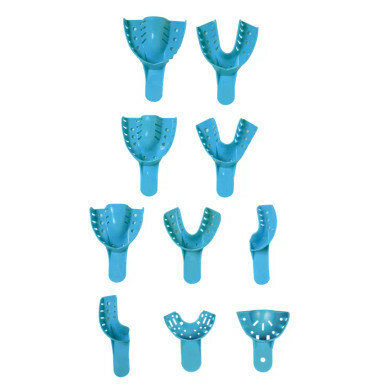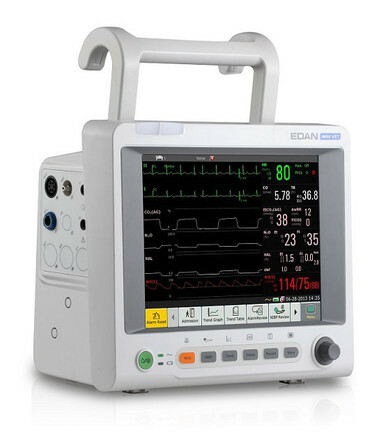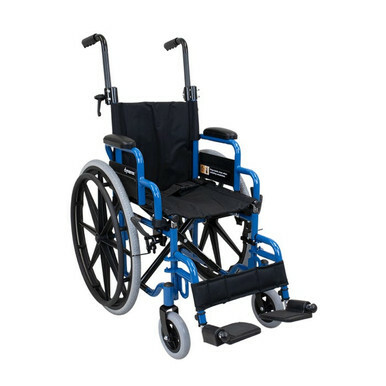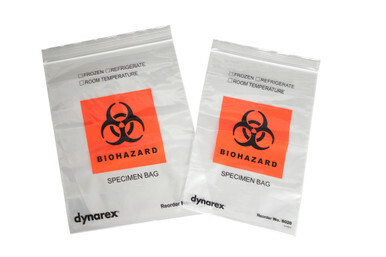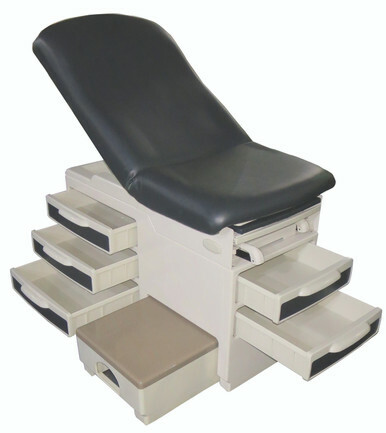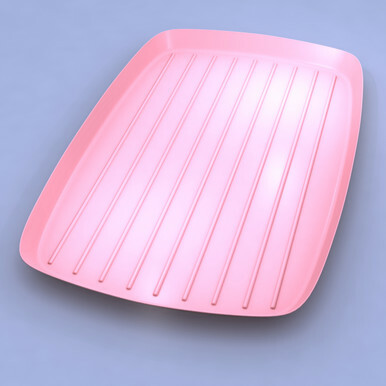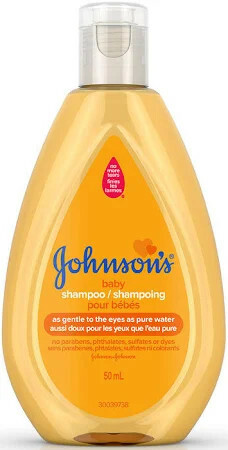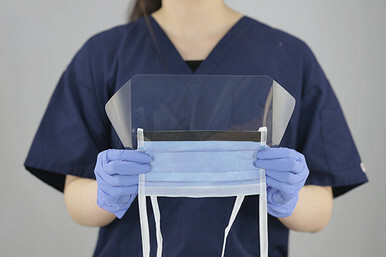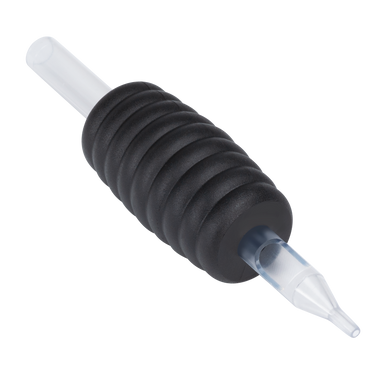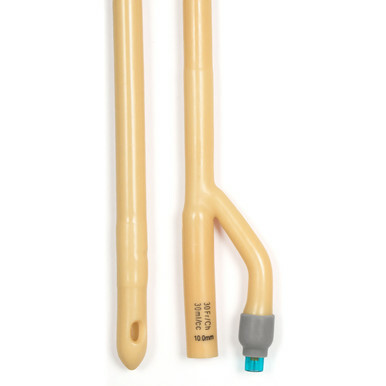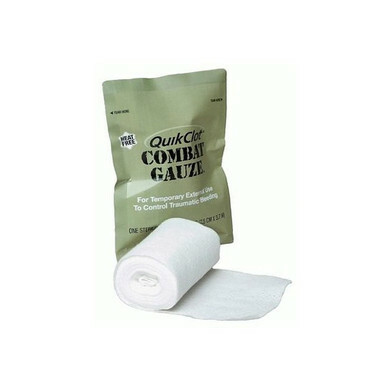The Unsung Hero of Wound Care: A Closer Look at Gauze Dressings
Posted by EMRN on 28th Mar 2024
In the world of wound care, where advanced technologies and innovative materials often steal the spotlight, there's a humble yet indispensable hero that has been a cornerstone of healing for centuries – gauze dressings. Simple, versatile, and effective, these cotton-based dressings have stood the test of time, proving their worth in both traditional and modern wound care practices.
A Brief History
Gauze, derived from the name of the Gaza region in Palestine where it was first made, has been used for medical purposes since ancient times. The ancient Greeks and Romans used it to dress wounds, and its use continued through the Middle Ages and into the modern era.
Versatility in Wound Care
One of the key strengths of gauze dressings lies in their versatility. Available in various forms such as pads, rolls, and sponges, they can be used for a wide range of wounds, from minor cuts and scrapes to surgical incisions and chronic ulcers.
Gauze dressings are highly absorbent, capable of wicking away excess moisture from the wound bed, which is crucial for maintaining a moist healing environment. They also provide a barrier against external contaminants, reducing the risk of infection. Additionally, their non-adherent nature makes them easy to remove without damaging the wound or causing pain.
Modern Innovations
While traditional gauze dressings are still widely used, modern advancements have led to the development of enhanced gauze products. Some gauze dressings are now impregnated with substances like antimicrobial agents, which help prevent infection. Others are designed with added layers or materials for improved absorbency and protection.
Best Practices for Using Gauze Dressings
When using gauze dressings, it's important to follow best practices to ensure optimal wound healing:
- Cleanse the wound: Before applying the gauze dressing, gently clean the wound with mild soap and water or a wound cleanser recommended by your healthcare provider.
- Apply the dressing: Place the gauze dressing over the wound, ensuring that it covers the entire area without any wrinkles or folds. Secure the dressing with tape or a bandage.
- Change the dressing regularly: Depending on the type of wound and the amount of drainage, you may need to change the gauze dressing daily or as directed by your healthcare provider. Always wash your hands before and after changing the dressing.
- Monitor the wound: Keep an eye on the wound for any signs of infection, such as increased redness, swelling, or pus-like drainage. If you notice any of these signs, contact your healthcare provider immediately.
In Conclusion
Gauze dressings may not always grab the headlines in the world of wound care, but their importance cannot be overstated. Their simplicity, effectiveness, and versatility make them a valuable tool in the healing process. Whether used alone or in combination with other advanced wound care products, gauze dressings continue to play a vital role in helping wounds heal safely and effectively.



























